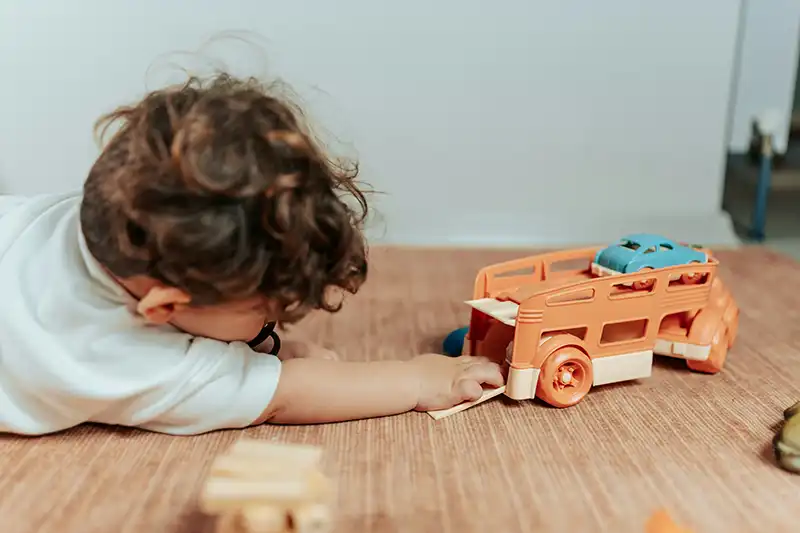
The Benefits of Unstructured Play
When school is over and summer break is finally here parents often worry about how they'll keep their kids occupied and entertained all summer. Summer camps are pricey, and no one wants to park their kiddos in front of the TV or video games all day. You may be tempted to schedule every minute of your child's summer schedule to avoid unstructured time. You probably also want to help them maintain a routine. And yes, routine is important, but so is free time. Afterall, free time is what summer is all about!
Unstructured play has many benefits for young learners; chief among them is that they will thrive emotionally, physically, socially, and cognitively! Don't let the words free time or unstructured play scare you. Free time doesn't mean your child runs wild and has no rules.
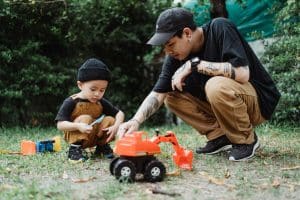
So, what exactly is unstructured play? How do you engage your child in meaningful, child-led play? Read on to learn more about the many benefits of free play and how to keep your child's play purposeful.
What Does Unstructured Play Look Like?
Unstructured play is child-led play, play that is not directed by adults or a predetermined set of rules. Picture a group of children playing at a park. These children simply began playing together, making up their roles and rules as they went along. No adult is intervening telling them how to play (other than general safety rules) and no grown up is deciding what the rules and parameters are of the game. This a prime example of child-led play!

Much of a child's learning is adult-led and structured. From school to home adults organize a child's life often telling them what to eat, what to wear, and what to do. Structure and routine are important to a child's well-being and learning. Afterall, they need adults to guide them and expose them to the world surrounding them. But kids also need time to explore and learn independently. This is where unstructured play comes in!
Child-led play doesn't mean that only kids are paying. Adults can participate in unstructured, child-led play too. In fact, the American Psychological Association says, "Parent/child play is important in maintaining a strong relationship and strong attachment between parent and child, which fosters resilience.”

Tips for Engaging in Unstructured Play
- Avoid telling children how to play with an object. Just because they're playing with a toy car doesn't mean it has to drive on the road. Perhaps in their mind it is a flying car, a boat, or a spaceship.
- Follow their lead. Let them set the parameters of play. Parents can ask children, "What part can I play?" or "How can I help?"
- Engage in pretend play whenever possible. It doesn't matter if it's building with blocks, playing with dolls, or using a toy kitchen. Help your child's imagination soar by playing make-believe with them.
- Guide, but don't lead their play. For example, if you are playing grocery store you could guide their play by saying something like, "Hmmm I only see oranges, but I want bananas; does your store have any more bananas?" or "Uh-oh I forgot my wallet, how am I going to pay for my groceries? Do you have any ideas?"
- Go outside! Outdoors is the perfect place for unstructured play. Sticks, rocks, grass, sand, leaves and other natural elements can become magic wands, pretend food, art supplies, and all manner of imaginary objects.

Benefits of Unstructured Play
-
Enhances Creativity and Imagination: Unstructured play allows children to explore without limitations. They can invent games, create stories, and use their imagination freely, which fosters innovative thinking and problem-solving skills.
-
Develops Social Skills: During unstructured play, children interact with peers, negotiate rules, and resolve conflicts. This helps them develop essential social skills such as cooperation, communication, and empathy, which are vital for building relationships.
-
Promotes Social-Emotional Development: Engaging in child-led play enables children to express their emotions and teaches them how to manage various feelings. Unstructured play provides a safe environment for successes and failure, which helps build emotional strength and resilience.
-
Fosters Self-Determination and Self-Esteem: Unstructured play gives children the autonomy to make choices and decisions, which enhances their self-determination and self-esteem. They learn to trust their instincts and develop confidence in their abilities.
- Enhances Physical Development: Children who are allowed to explore their surroundings engage in movements that enhance their gross and fine motor skills. Climbing, running, jumping, skipping, and manipulating small toys are activities contribute to their overall physical health.
Unstructured play contributes to the overall development of children by integrating physical, cognitive, and emotional growth. It provides opportunities for mastering various skills in a natural and enjoyable way.
Want some more summer fun ideas? Check out the blogs below!
Related posts
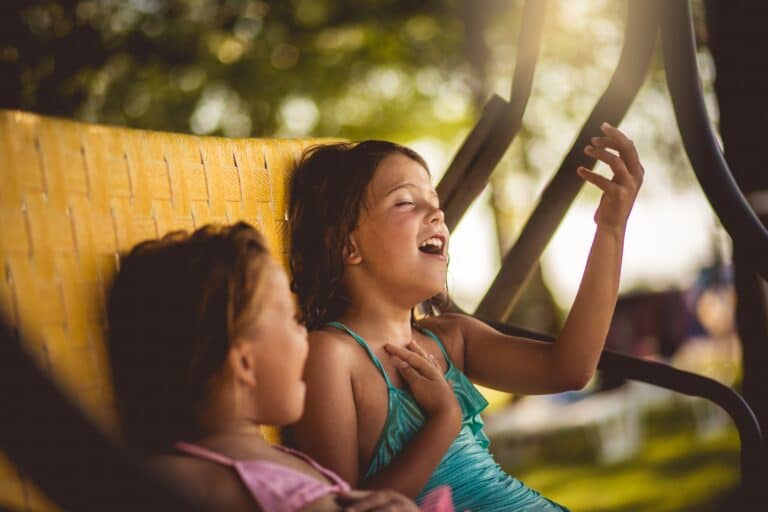
12 Top-Notch Music Books for Kids
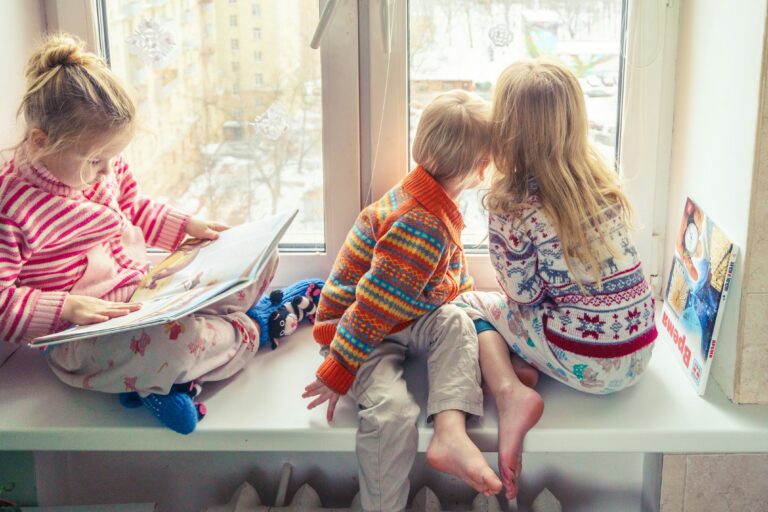
Five Magical Picture Books About Snow

Outdoor Wintry Fun: Winter, I Spy Walk
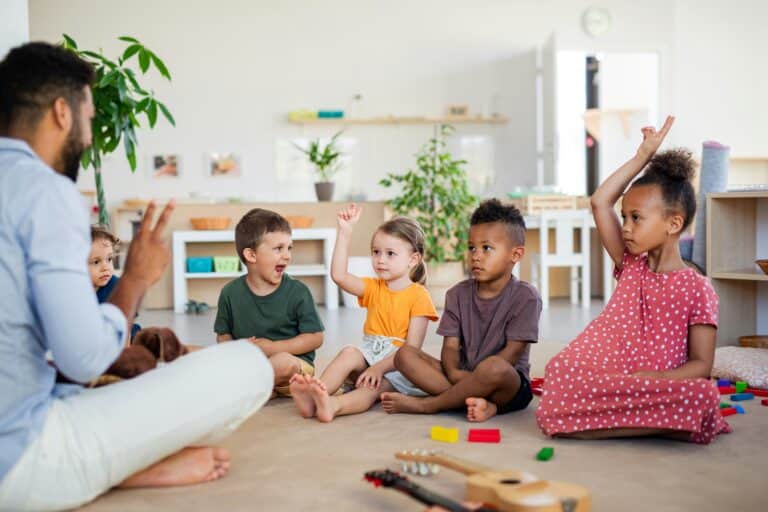
Teaching Diversity to Toddlers and Preschoolers

L. Elizabeth Forry
L. Elizabeth Forry is an Early Childhood Educator with fifteen years of classroom teaching experience. She earned a Master of Science in Early Childhood Education from The University of North Dakota and has a Bachelor of Arts in English and one in Music from Lebanon Valley College. She has taught children in Japan, Washington D.C., Chicago, and suburban Maryland. She is trained as a reading therapist, has a TEFL certification, and has done extensive work with children regarding mental health, social-emotional development, gender development. She has written curriculum for children and educators and has led training sessions for parents and educators on various topics on early childhood development. She is the mother of two boys and resides outside of Annapolis, Maryland.
Related posts

12 Top-Notch Music Books for Kids

Five Magical Picture Books About Snow

Outdoor Wintry Fun: Winter, I Spy Walk





